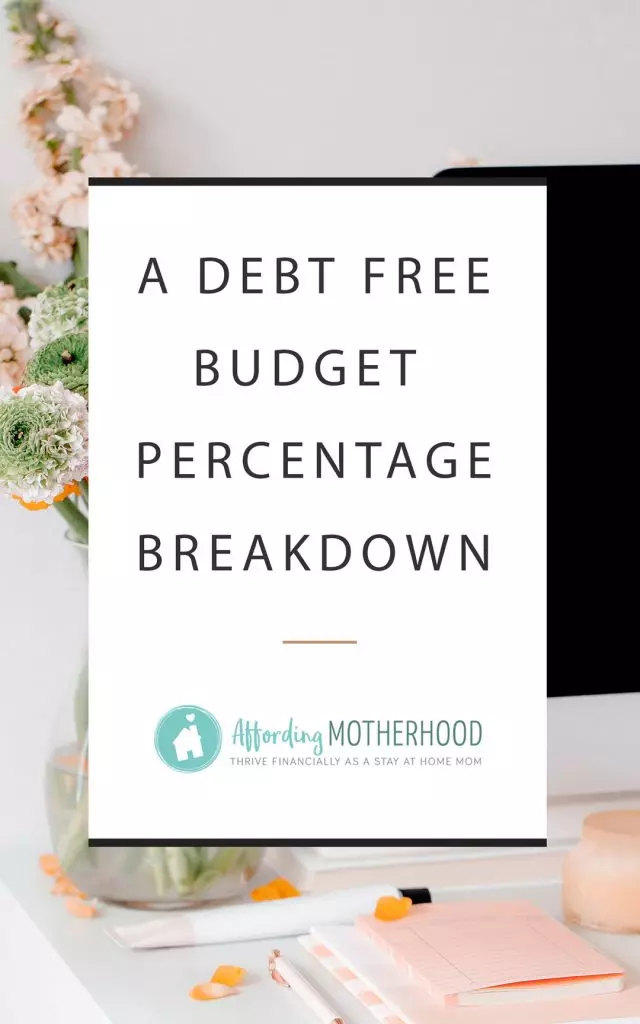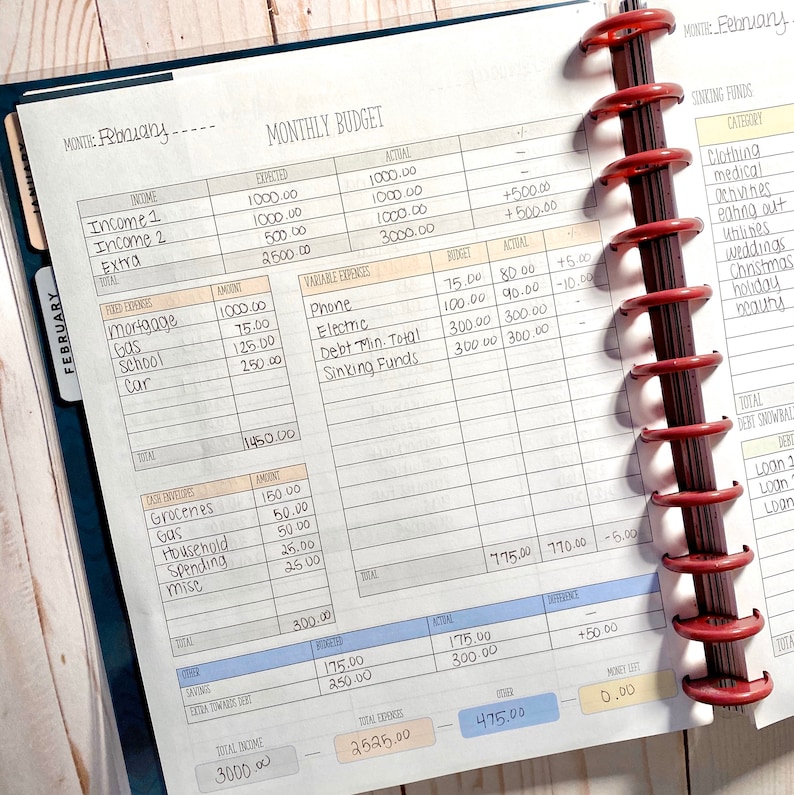

I think many financial experts consider childcare a cost of working.


Only about 18% of US household have children under age 6 and not even all of those would have childcare expenses. Childcare expenses are large, but they’re only incurred by a small number of families.I think there are two reasons why childcare is excluded from these budget recommendations: If it’s one of the biggest expenses, why is it not included? For many families, the cost of childcare can match their housing payment.

What About Childcare?Ī criticism I’ve often heard of all of these budget category percentages is that they don’t include childcare. If these things exceed 50% of your take-home income, you’re likely to feel very crunched and unlikely to make much headway on savings or paying off debt.
Basic utilities (electricity, natural gas, etc). A quick check would be to see if all of your monthly basic obligations add up to less than 50% of your take-home. I do think it’s a good checkpoint for those who want to know if they’re in the ballpark, though. I tried to categorize my own budget using this rule and it felt a bit impossible because of all the gray area. Is my clothing budget a need or a want? Well, obviously, we need to be clothed, but everyone in my house has enough clothing to keep their body covered… so is all the rest a want? What about food? And transportation? Is a new Mercedes a need or a want? It does get you to work! While these categories may seem clear, they’re actually so vague that it’s really hard to use. If you’re in debt, extra payments towards payoff would count in this category. This would include entertainment, vacations, gifts, and so on. Wants are anything that is optional in your life and done for the fun of it. Needs are things that you can’t survive without, like housing, food, basic clothing, and transportation to work. In theory, I love this concept! In reality, it’s pretty tricky. It has been discussed by a number of personal finance experts but was made popular by Senator Elizabeth Warren in her book All Your Worth: The Ultimate Money Plan. Another popular budget category percentage recommendation is the 50/30/20 rule. If you look a little closer at the numbers from the BLS, you’ll see the average family owned 1.9 cars and spent 43% of their food budget on restaurants. For those looking to change their budgets, this area definitely needs a closer look.Įlizabeth Warren’s 50/30/20 Budget Category Percentagesĭave Ramsey’s budget category percentages are very specific and might not fit your personal values and goals. Food expenses and cars are often what keep middle-class families from saving and giving as much as they’d like. Housing expenses can also be the problem, especially in high cost of living areas. Having talked to many people about their budgets, these charts make a lot of sense to me. If you’re maxing out your food and transportation, you need to cut back somewhere (and often it’s savings that get cut). The food and transportation percentages are close to the upper end of Dave Ramsey’s ranges, but the whole pie still needs to add up to 100%. So what are the differences between Dave Ramsey’s ideal budget and the reality of American spending? If you compare the charts side-by-side, you’ll notice these big differences: spending looks like this:ĭave Ramsey Budget vs. Combining categories to be similar to the chart about, the average U.S. They collect data on household income and spending and have recently released the data for 2015. We looked at one “ideal” image of a budget, but what are people’s reality? We can’t really ask our friends and neighbors, but we can take a look at the statistics from the United States Bureau of Labor Statistics (BLS). National Average Budget Category Percentages If you look at the lower end of all of these percentages, the chart would look like this: Many of these are pretty big ranges, leaving a lot of room for personalization. Here are his recommended budget category percentages, as listed on Every Dollar: Let’s start by taking a look at what personal finance guru Dave Ramsey has to say on this topic. If you’re not familiar with him, he’s most famous for his book The Total Money Makeover and his Financial Peace University classes. The real question is probably, “Is my spending out of control compared to other people?” or “Am I saving enough?” Dave Ramsey’s Budget Category Percentages What Should My Budget Category Percentages Be?Ī question I hear a lot is, “How much should I be spending in each budget category?” This is a very personal question that no one can answer for you.









 0 kommentar(er)
0 kommentar(er)
